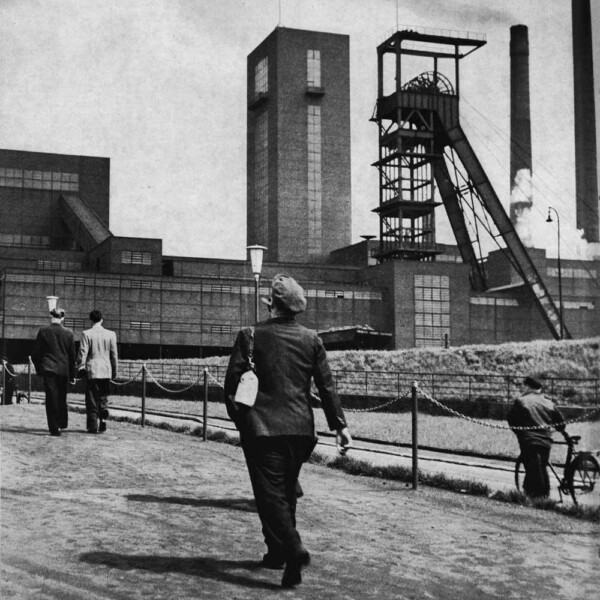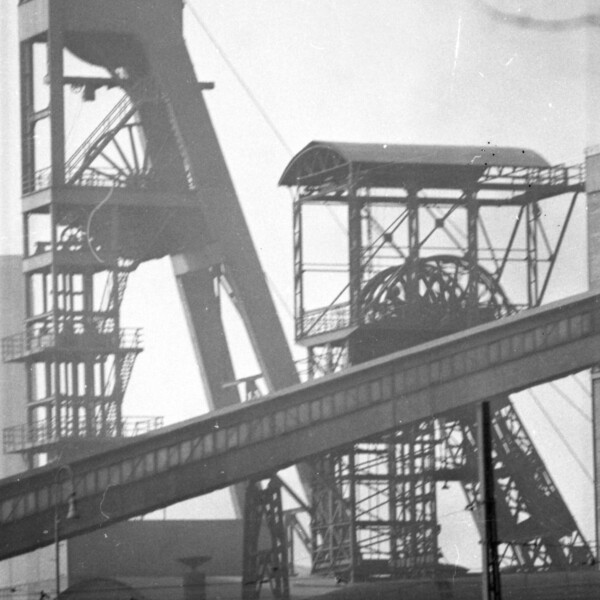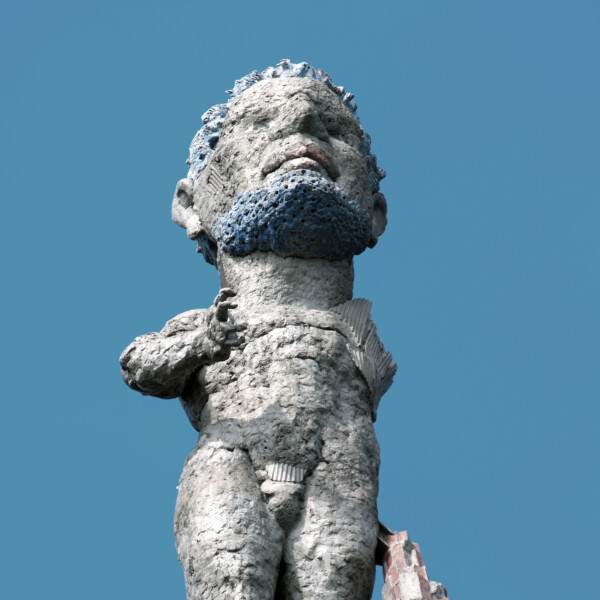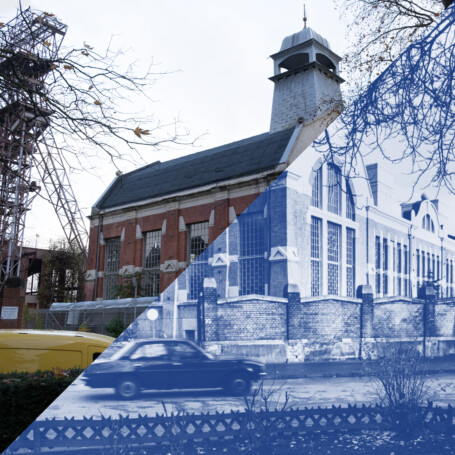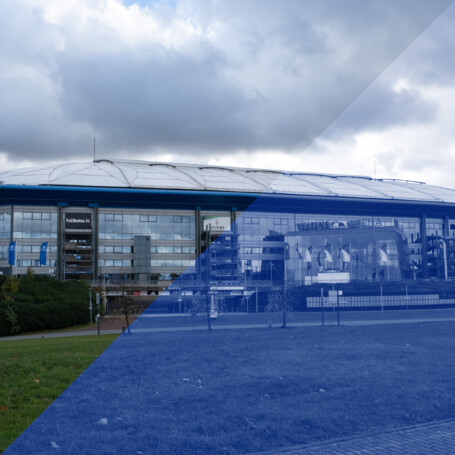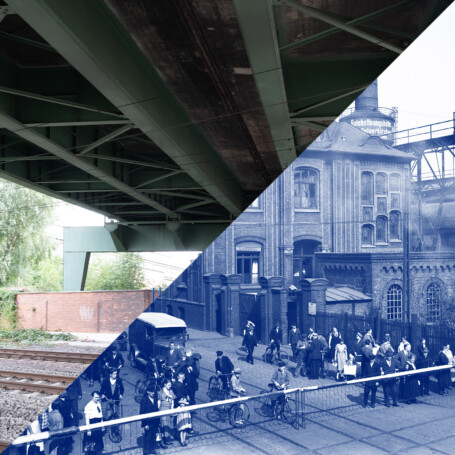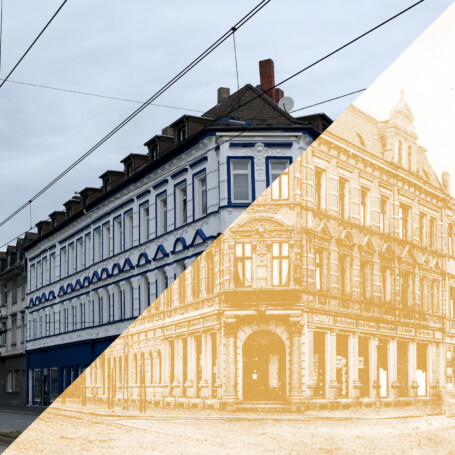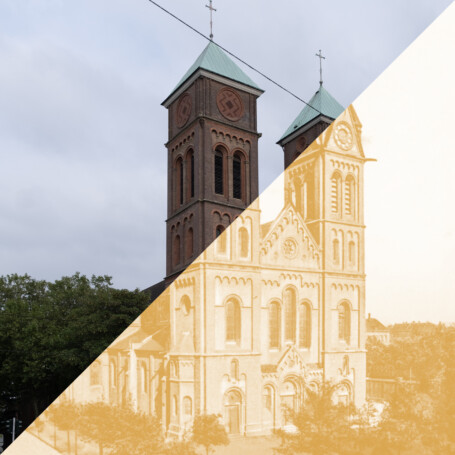Nordsternpark

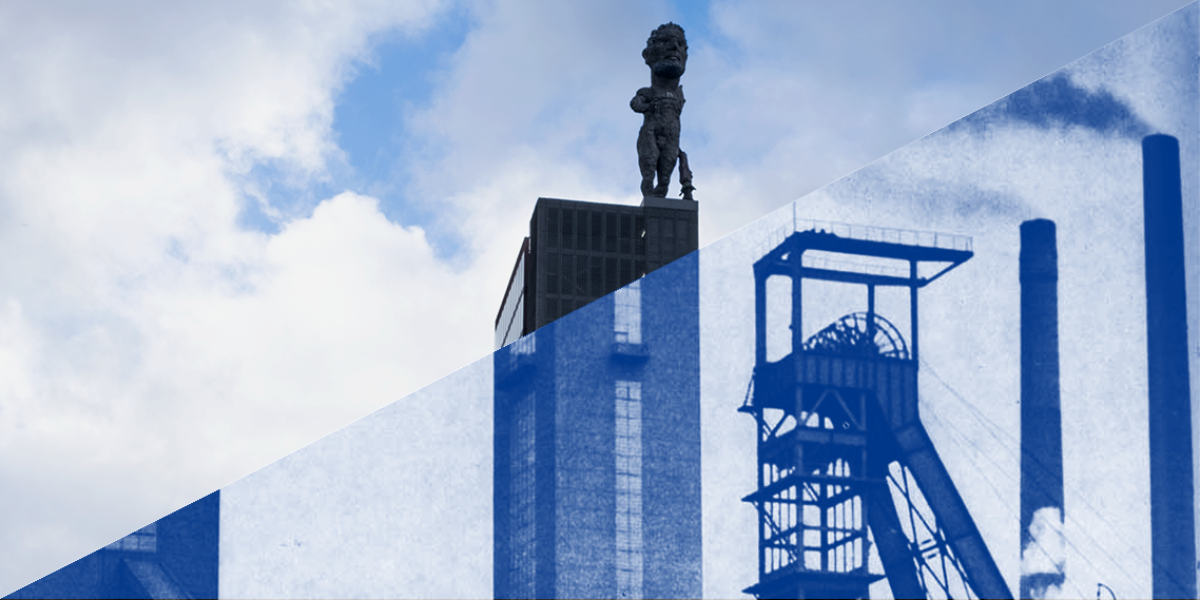
From "Pütt Elend" to a local recreation area
It's like being bewitched. There is coal under the ground of the Horster Mark north of the Emscher. But the marshy ground resists. When the Blücher trade union starts building a shaft in 1857, water and sand constantly seep into the pit. As soon as the shaft is finished, it sinks. A second shaft is sunk. But as soon as it is finished, the company goes bankrupt. But the potential investors have seen what Friedrich Grillo has started just a few kilometres away on the other side of the Sutum Bridge with the Consolidation Colliery in Schalke. Profits beckon here. So new operators take over the first shaft. They had enough money to drain it and start mining in 1868. They call their Nordstern Colliery, as it is the most northerly colliery in the Ruhr region at the time. However, the name does not really catch on with the local population. Especially in the early years, the work at the colliery is considered particularly hard. That's why the people in the neighbourhood only call it "Pit Misery".
Despite this difficult initial phase, Nordstern Colliery remained in business for a long time. It was not until 1993 that the last coal was brought to the surface. Only a short time later, work began on transforming the former "slum colliery" into a landscape park. In 1997, the Federal Garden Show was held here. One of the main aims was to preserve the industrial architecture as far as possible and integrate it into the new park. Today, the old buildings are used as a business park. In 2017, 1,850 people worked here for the companies that rented space here. The "Hercules of Gelsenkirchen" is enthroned on the preserved winding tower of Shaft 2 - and thus above the commercial premises. The 18 metre high statue by artist Markus Lüpertz symbolises the major challenges facing the region as a result of structural change.
